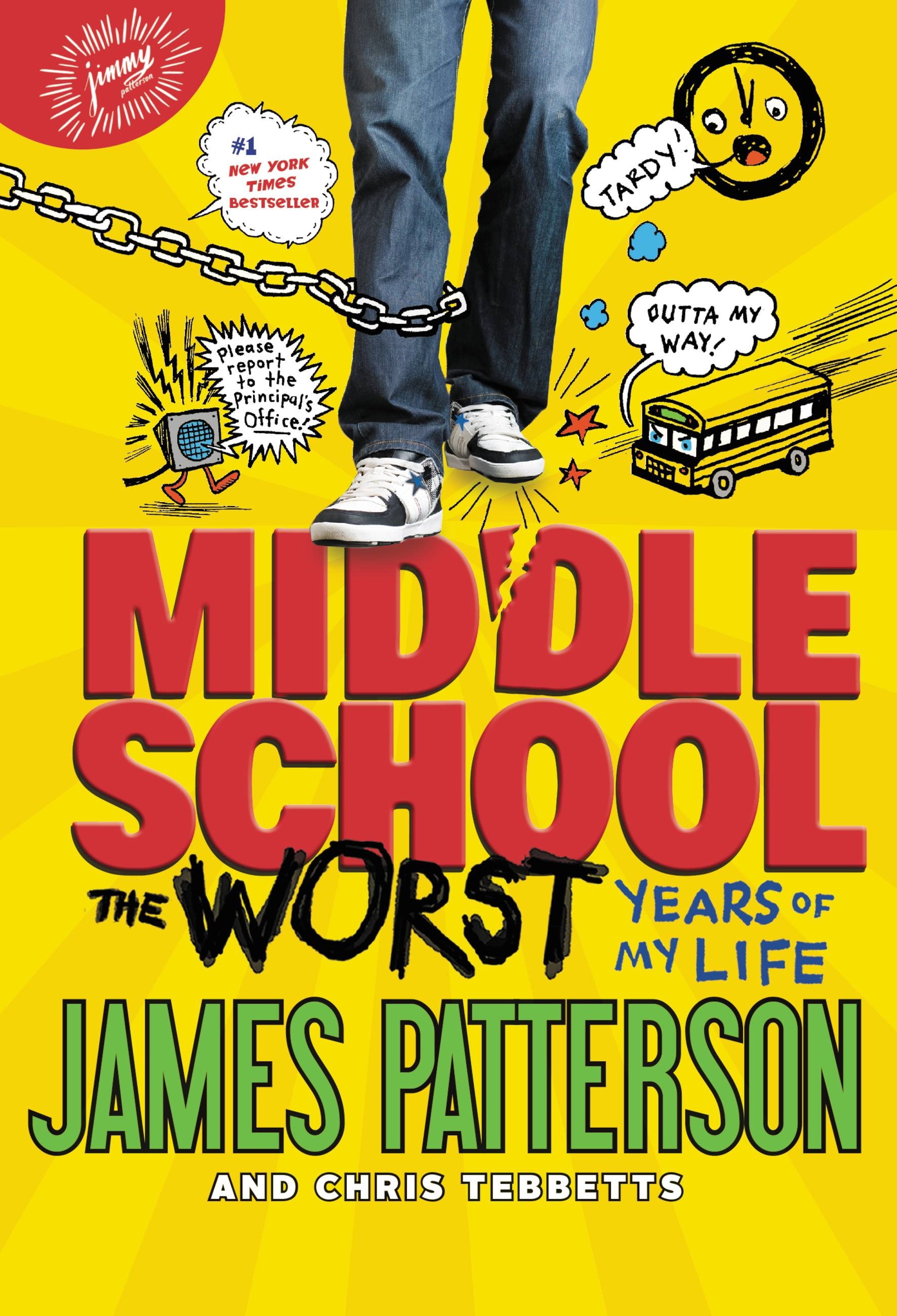
So when Rafe’s reaction to an assembly presentation of the school’s code of conduct is the goal of breaking every rule in the book, no one is there to offer a smarter path.

Rafe lives with his little sister, Georgia, his overworked waitress mom and a boorish stepfather-to-be whose only value is warming the couch. The longest stretch of reading without some sort of graphic element is two pages. The book is well-stocked with pen-and-ink doodlings by cartoonist Laura Park that mimic the look of notebook creations by actual sixth-graders. The lingo is casual and humorous, and as self-aware as one might expect from an 11-year-old. Not only is Rafe’s plight relatable, so is the manner in which he expresses it. “Middle School” has a keen appreciation of kids’ insecurities and an even more astute understanding of what might propel boy readers through a book.

“Are you basically a pretty good, pretty decent person? Says who? Says you? Says your ‘rents? Says your sibs?”Īfter showing the readers a pen-and-ink drawing of himself sporting a bowl cut, polo shirt and backpack worn safely on both shoulders, he asks, “We still friends, or are you out of here? Hey - don’t go - all right?” “ Inside, what are you like?” Rafe asks toward the tail end of the first chapter of a book that’s framed as a bid for friendship. Co-written by Chris Tebbetts, this fictional autobiography is a natural companion to Jeff Kinney’s “Diary of a Wimpy Kid” series, plumbing, as it does, the depths of tween angst in a self-deprecating confessional style that occasionally asks questions of the reader.


 0 kommentar(er)
0 kommentar(er)
